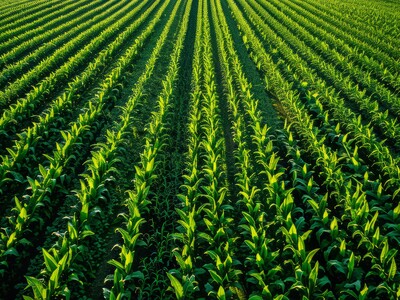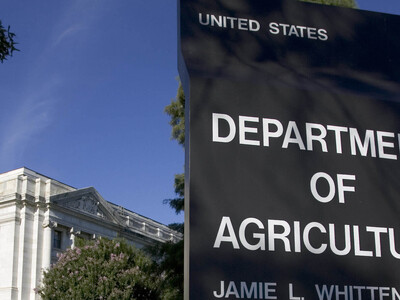Bat Week
Halloween is Thursday.And along with ghosts, goblins and witches, the most iconic symbol of the spooky holiday is bats.
Agriculture professionals know that bats are voracious predators of nocturnal insects, including many crop and forest pests. They are also seed disseminators and pollinators. And some estimates in the journal Science suggests that loss of bats in North America could lead to agricultural losses estimated at more than $3.7 billion/year.
That is one reason why the U.S. Forest Service has proclaimed this week, Bat Week. The Forest Service's Kim Winter told the USDA news service that Bat Week is necessary to dispel outsized fears many people have of bats.
Winter: I used to be an animal control officer. And what I witnessed, we got a disproportionate number of calls from people petrefied of bats, screaming because one little bat crawled into some little crack in their ceiling. And they would just beat the poor thing to death. I just have to be frank.”
Scientists says urgent efforts are needed to educate the public and policy-makers about the ecological and economic importance of insectivorous bats and to provide practical conservation solutions.
Bats are facing a new threat called white nose syndrome caused by a fungus that grows on the mammals during hibernation. It’s deadly and spreading. The fungus was found on a two little brown bats in California in 2018.

















